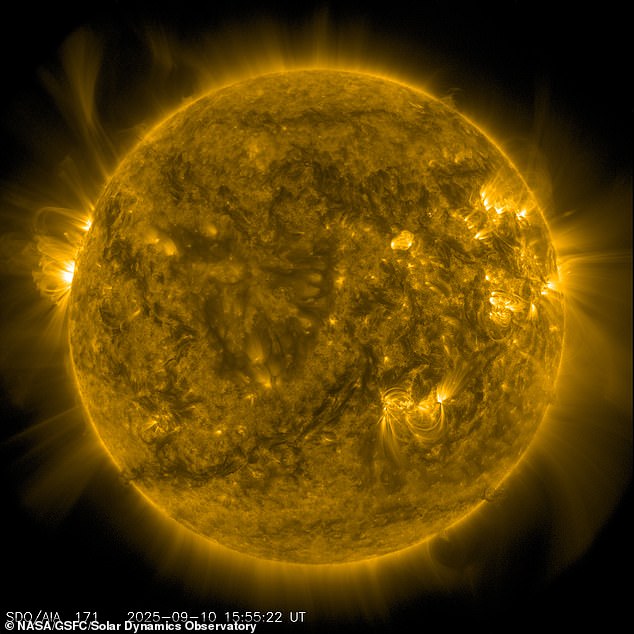NASA has reported a surprising increase in solar activity since 2008, following two decades of relative quiet. This rise includes stronger solar winds characterized by increased velocity, density, temperature, and magnetic field strength. Such heightened activity could lead to more frequent and intense solar storms, which have the potential to disrupt power grids, impact satellite operations, and affect communication systems like GPS.
The current solar cycle, expected to peak between 2025 and 2026, suggests that solar storms may become more common. Jamie Jacinski from NASA noted that this resurgence contradicts previous expectations of long-term low activity. Recent research indicates that after a weak solar cycle (Cycle 24), the current Cycle 25 shows notable increases in activity that might be linked to a longer 22-year cycle.
Notably, solar disturbances can expand the sun’s atmosphere, weaken Earth’s protective magnetosphere, and expose astronauts to higher radiation levels. The increase in solar activity can also affect the ozone layer and amplify ultraviolet rays reaching the Earth.
The study highlights the unpredictability of long-term solar trends and the challenges scientists face in understanding the sun’s varying activity levels throughout history.
Source link


